On View
To Mark World Autism Awareness Day, Apple Is Unveiling a New Digital Gallery for iPad-Created Artworks by Artists on the Spectrum
Apple gave iPads to 15 autism spectrum artists across the US and Canada. These are the results.
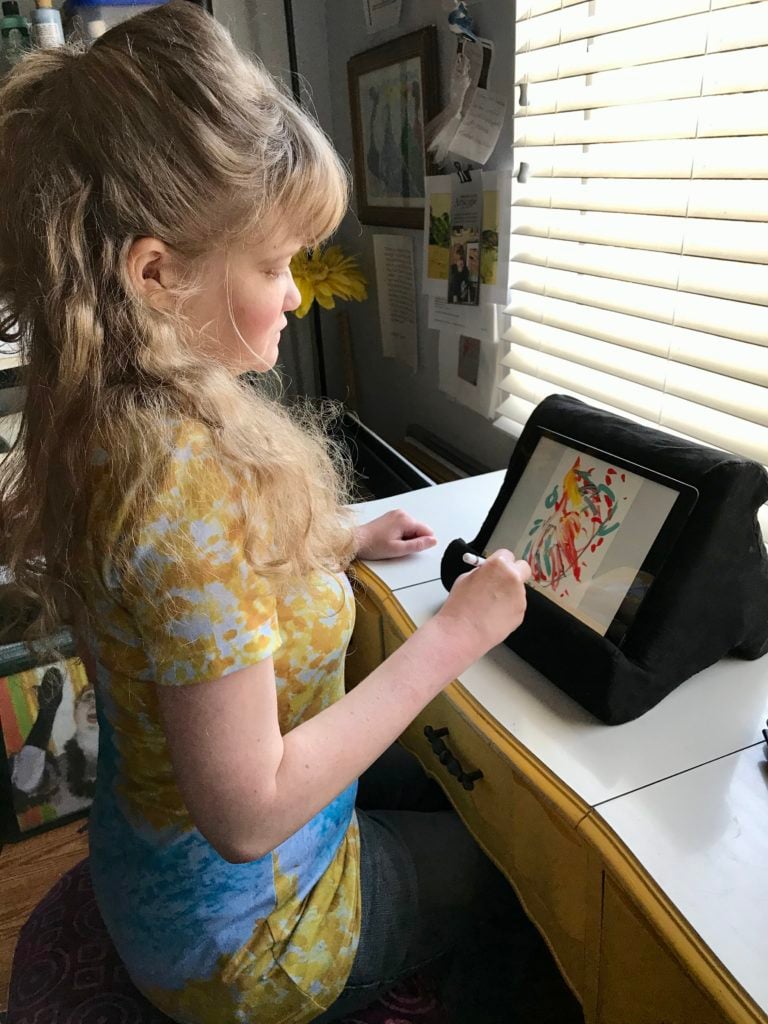
Apple gave iPads to 15 autism spectrum artists across the US and Canada. These are the results.

Sarah Cascone

Today is World Autism Awareness Day, and Apple is marking the occasion by posting a digital art gallery of works created by artists on the autism spectrum, all using the iPad and Apple Pencil.
The project, which is curated by the nonprofit the Art of Autism, will be unveiled over the course of April, which is National Autism Awareness Month.
“This project brings such a great focus to autistic individuals and how they express their creativity in the world,” Sarah Herrlinger, Apple’s director of global accessibility policy and initiatives, told Artnet News. “Each artist reflects their own neuro-diverse perspective on art creation.”
“It’s about accessibility in the arts,” added Art of Autism president Debra Muzikar. “We want to celebrate the creativity and talent that regularly comes out of the artistic community.”
Muzikar and Keri Bowers cofounded the Art of Autism 11 years ago to support the artistic efforts of their own sons and other artists on the autism spectrum.
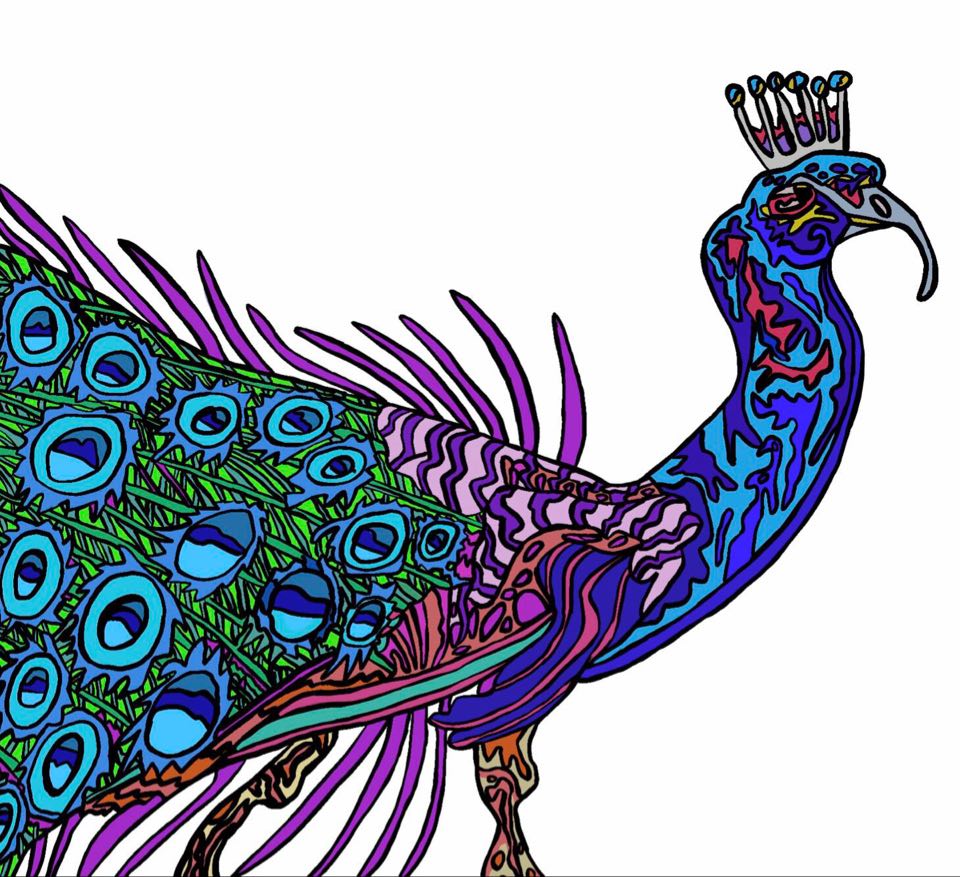
Malachi Schmidt, The Peacock. Courtesy of the Art of Autism.
The “Created on iPad Gallery” features the work of 15 artists from the autistic community who hail from across the US and Canada, most of whom had not previously used an iPad in their practice. As part of the company’s accessibility program, Apple provided each participant with a tablet and one-on-one instruction in how to use Apple Pencil as well as iPad drawing apps like Procreate.
“Some autistic people may not want to use traditional art forms, and they may be more inclined to be on a more technological platform like the iPad,” Muzikar said. “Technology can really help people of differing abilities in creating.”
“I found the iPad to be really surprisingly intuitive for drawing,” artist Frank Louis Allen told Artnet News in an email. Allen, a digital artist who is legally blind, considers the iPad to be a great addition to his artistic arsenal. “I’m using it everyday and find it extremely relaxing.”
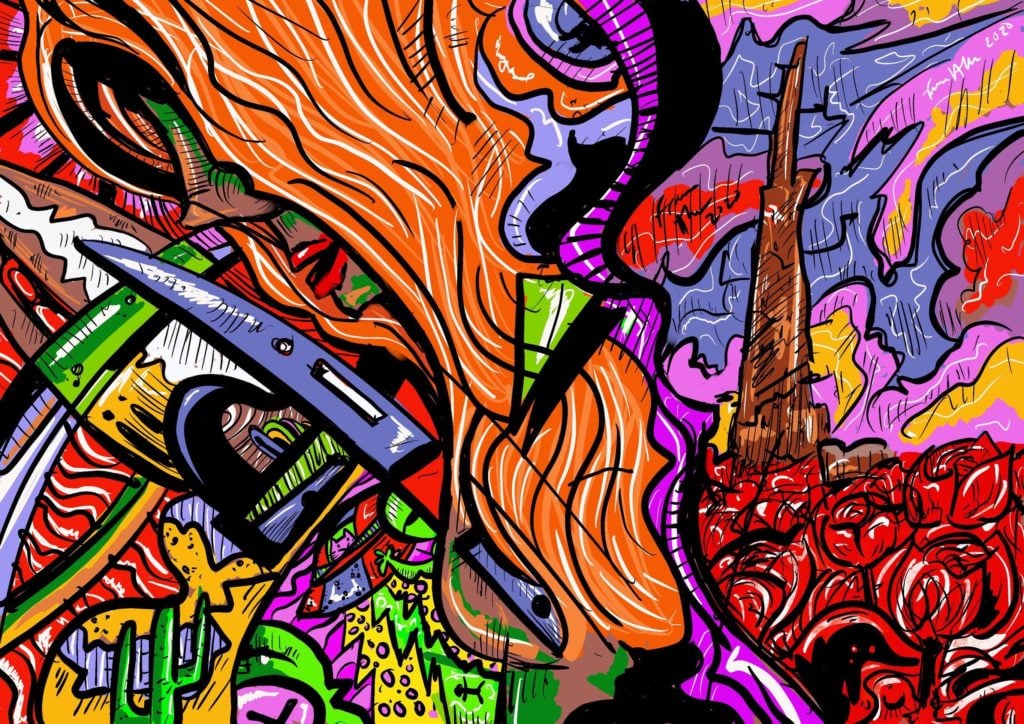
Frank Louis Allen, The Song of Susannah. Courtesy of the Art of Autism.
Painter Sydney Edmond, who is nonverbal, already uses an iPad to speak, thanks to Augmentative and Alternative Communication, but she had never explored the device’s artistic possibilities.
“At first, [Apple Pencil] seemed really difficult and impossible because it was new to me. I have motor processing challenges, so any new movement takes time and patience to learn,” she told Artnet News in an email. “It’s very different from painting with a brush.”
But Edmond soon found herself appreciating the ease with which the iPad allowed her to make changes or start over. “My body frequently makes movements I don’t want, and these movements cause horrible mistakes to be made,” she said. “The iPad allows me to remove that dastardly mistake quickly, which is so wonderful!”
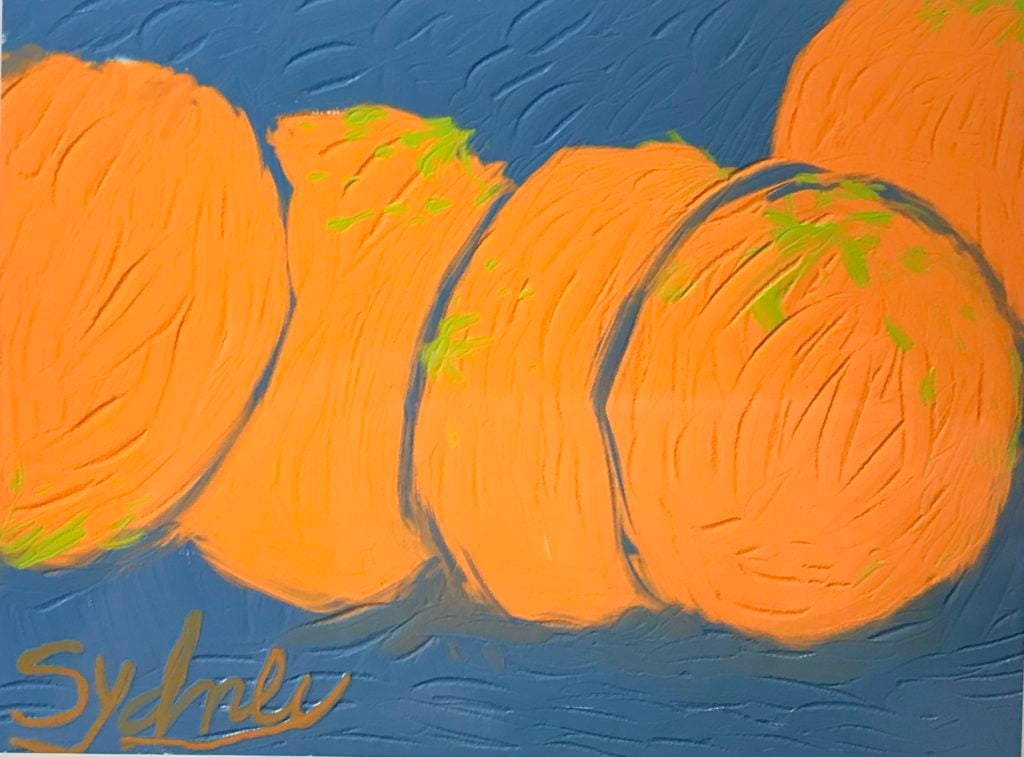
Sydney Edmond, Oranges. Courtesy of the Art of Autism.
The iPad was also a game changer for Canadian artist April Griffin, who has seen her once prolific art-making dwindle to a mere trickle in recent years as her eyesight has failed.
“This makes art more accessible for me because I can zoom in while drawing,” she said in a statement. “The Apple iPad and Apple Pencil have me back on track, and this month l made more art than I have done in three years!”
For Apple, the collaboration with the Art of Autism reflects a much bigger priority for the company. “We build features into our products to enable individuals to be able to use our technology regardless of what need they have. That includes voiceover for the blind community, voice control with physical motor limitations, made for iPhone hearing aid for those with hearing loss,” said Herrlinger. “But it’s also our stores, our services, our own workplace—supporting people with disabilities matters to us.”
See more works from the exhibition below.
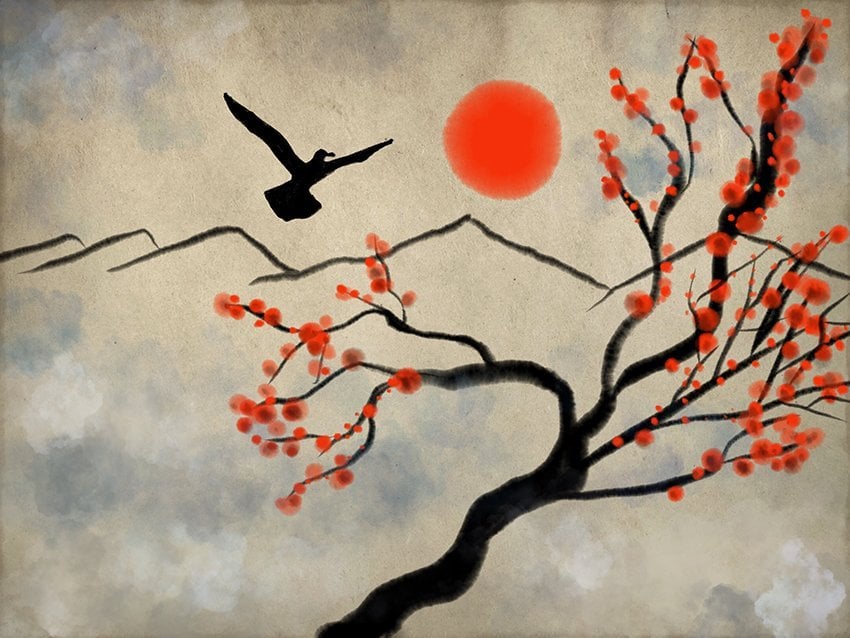
April Griffin, Mountains. Courtesy of the Art of Autism.

Austin Jones, The Bear. Courtesy of the Art of Autism.
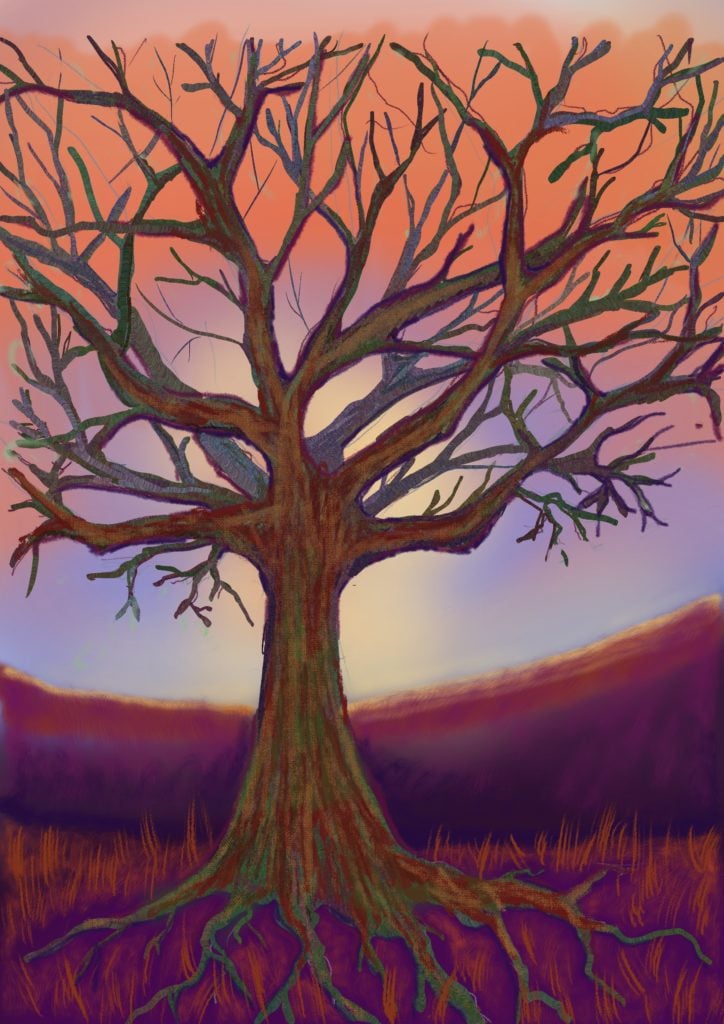
Rachel Chuganey, Winter. Courtesy of the Art of Autism.
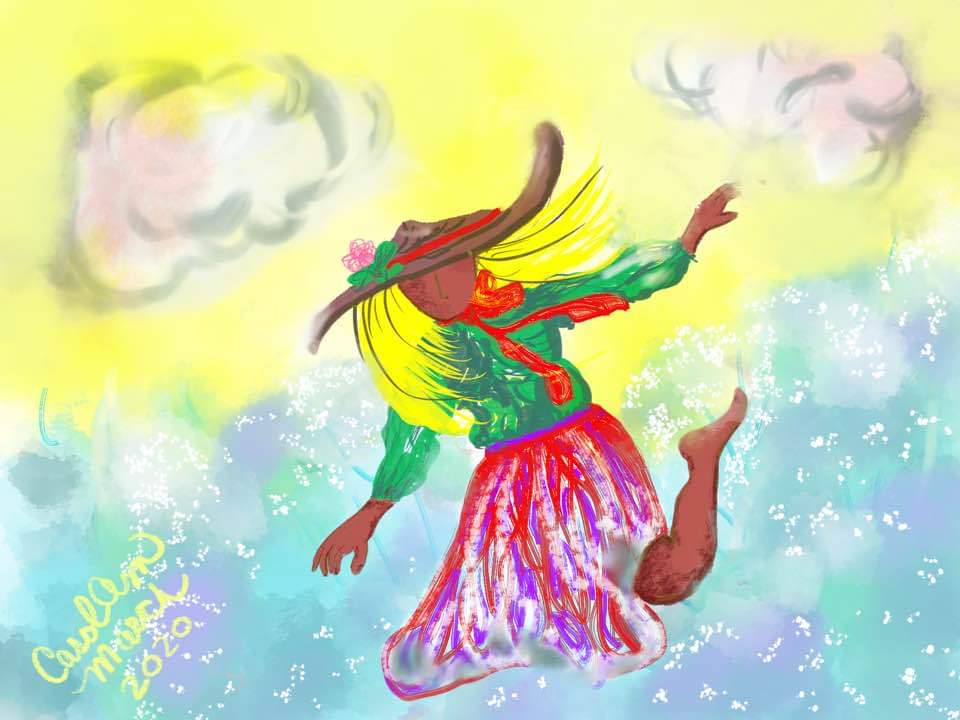
Carol Ann Edscorn, Making a Splash. Courtesy of the Art of Autism.
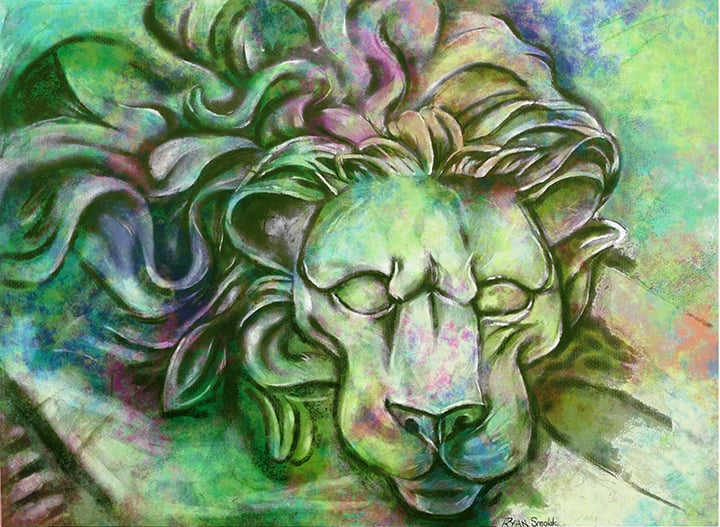
Ryan Smoluk, Lion. Courtesy of the Art of Autism.
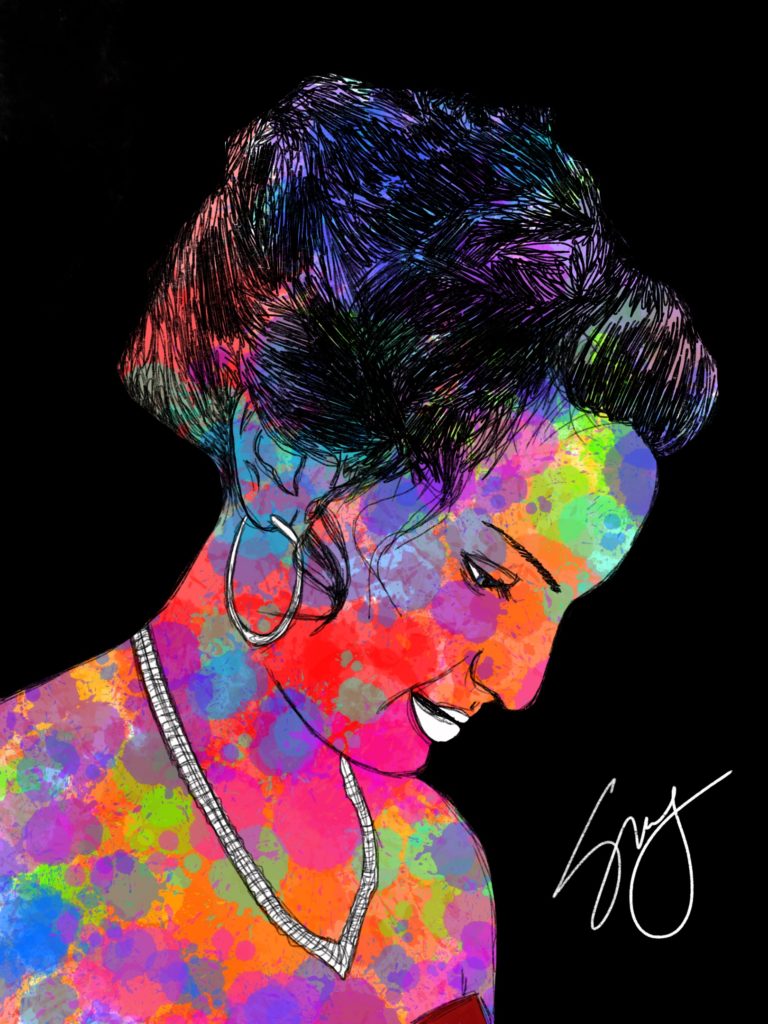
Silas Gonzalez, Prom. Courtesy of the Art of Autism.

Malachi Schmidt, Jonny. Courtesy of the Art of Autism.